Simple Tips For Transplanting Cedar Trees With Ease
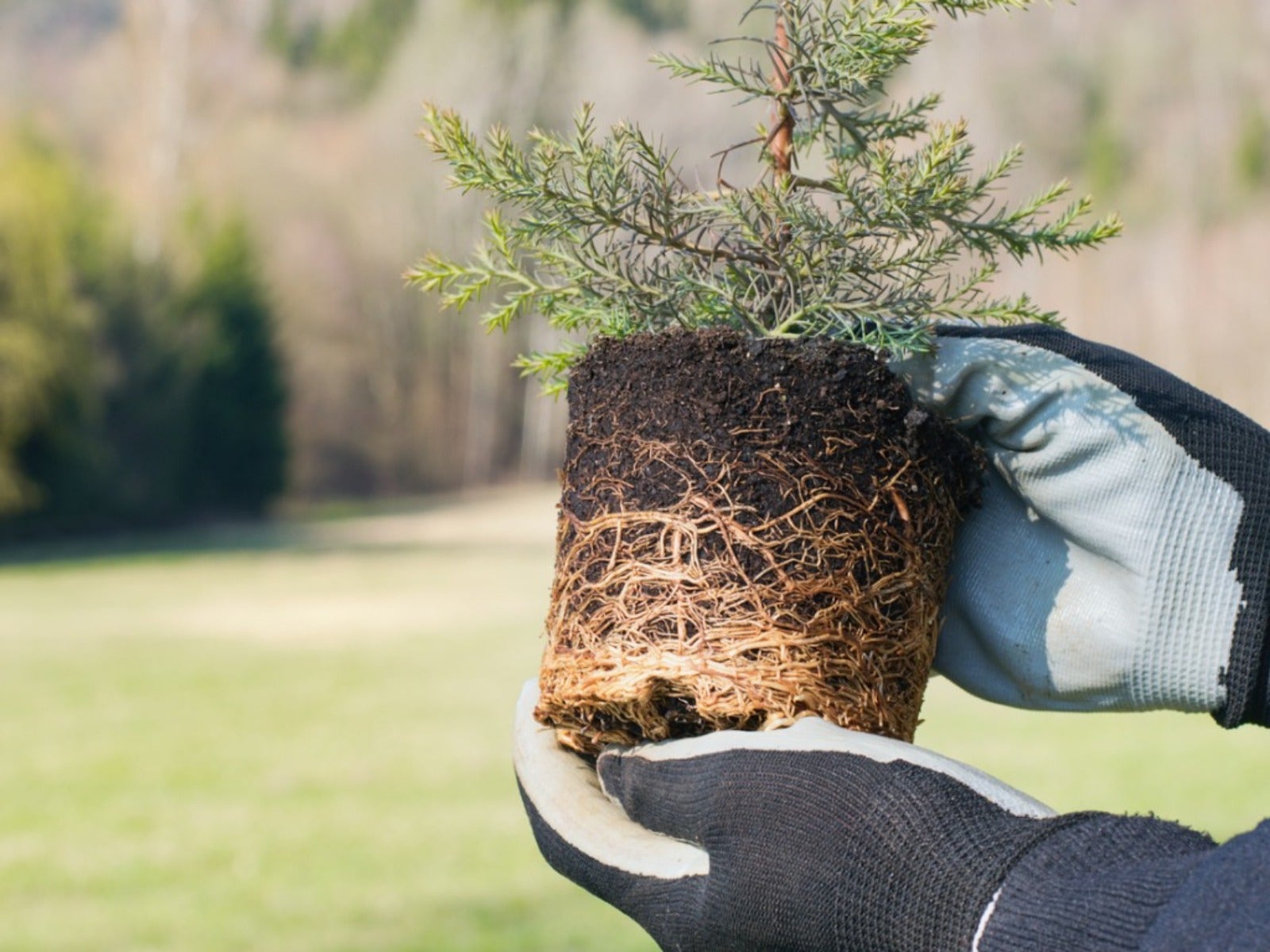

Cedar trees are beautiful ornamentals that can grow quite large, reaching 50 or 60 feet (15-18 m) tall. That makes a mature cedar tree transplant a challenge. Anyone thinking of transplanting cedar trees will need to know when and how to move a cedar tree. Read on for information.
Cedar Tree Transplant
There are several cedar species. Two of the most popular ornamental cedars are Deodar cedar (Cedrus deodara), one of the most graceful conifers, and Atlas cedar (Cedrus atlantica), that lives for some 150 years. The former grows to 50 feet (15 m) tall in cultivation, while the Atlas cedar grows to 60 feet (18 m) tall.
If one of these cedars are growing in your backyard and has grown too tall for its site, you may be wondering what to do. Can you move a cedar tree?
How hard it is to transplant a cedar depends on a number of factors including the age of the tree and the species. It is far easier to transplant a younger tree than an older one. And transplanting a Deodar is less challenging than transplanting an Atlas cedar.
When to Transplant Cedar Trees?
When is the best time to transplant cedar trees? Regardless of the age or species, all cedar trees do best transplanted in spring or fall. The optimal time to transplant any tree is when it is dormant, but at least six to eight weeks before an anticipated stress period such as summer heat or freezing winter temperatures.
Since cedars are evergreens, they continue to lose water through their leaves all winter long. They have a better chance of surviving if they are transplanted well before winter to allow them to produce new roots before the ground freezes. Most evergreens are best transplanted in spring.
How to Transplant a Large Cedar?
Transplanting any large tree is a challenging matter, but that doesn’t mean it’s impossible. The best plan is to start early and understand the steps before you begin.
Gardening tips, videos, info and more delivered right to your inbox!
Sign up for the Gardening Know How newsletter today and receive a free copy of our e-book "How to Grow Delicious Tomatoes".
To give your cedar the best chance of surviving the move, plan ahead. Root-pruning is the process that gives your tree a fighting chance during a transplant, and you’ll need to plan at least a season ahead for this. Several months before the transplant date, dig a trench around the root ball with a sharp spade, making the root ball as large as possible.
As the day to transplant approaches, water the soil around the root zone well. A few days later, dig carefully into the trench, keeping the root ball intact. Wrap the root ball in burlap and tie it up with twine for the move.
Dig the planting hole before transplant day. Make it as deep as the root ball and at least two times as wide. Add a layer of soil so that the tree will stand in the hole with the top slightly above ground level.
Stand the tree up in the transplant hole. Then remove the twine off the root ball and remove the burlap as far down as possible. Backfill under and around the root ball to get rid of any air pockets. Slowly add more earth and water until the hole is full.
Don’t amend the soil with anything, even compost or peat moss. Rather, use the removed earth for backfill. Do not fertilize the plant for at least one year but keep the root ball moist to encourage root growth.

Teo Spengler is a master gardener and a docent at the San Francisco Botanical Garden, where she hosts public tours. She has studied horticulture and written about nature, trees, plants, and gardening for more than two decades. Her extended family includes some 30 houseplants and hundreds of outdoor plants, including 250 trees, which are her main passion. Spengler currently splits her life between San Francisco and the French Basque Country, though she was raised in Alaska, giving her experience of gardening in a range of climates.
-
 Terrifically Tubular Flowers For Hummingbirds: 9 Tube-Flowered Plants To Attract Hummers
Terrifically Tubular Flowers For Hummingbirds: 9 Tube-Flowered Plants To Attract HummersGrowing tubular flowers for hummingbirds helps you create the optimum feeding conditions for your winged friends. Here are nine tubed delights for hummers
By Tonya Barnett
-
 How To Grow Hydroponic Tomatoes For Fresh Indoor Harvests – No Soil Required
How To Grow Hydroponic Tomatoes For Fresh Indoor Harvests – No Soil RequiredLearning how to grow tomatoes in water is easy and allows you to harvest fresh-home-grown produce in every season without any mess.
By Ellen Wells
-
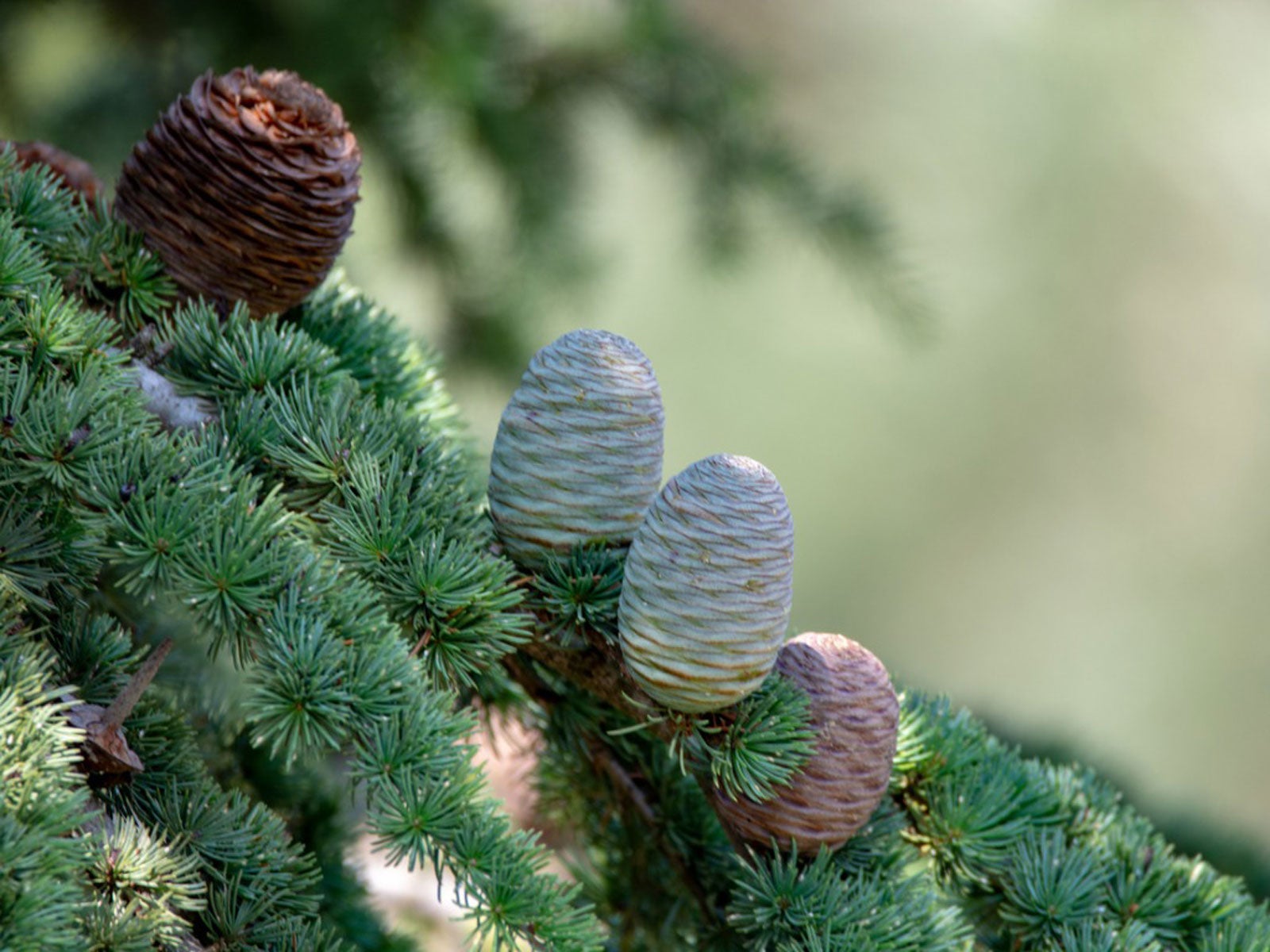 Deodar Seed Planting Guide – How To Grow A Deodar Cedar From Seed
Deodar Seed Planting Guide – How To Grow A Deodar Cedar From SeedDeodar cedar is a beautiful conifer with soft blue foliage. Purchasing a tree can be expensive, but you can grow one from seed. Click here.
By Teo Spengler
-
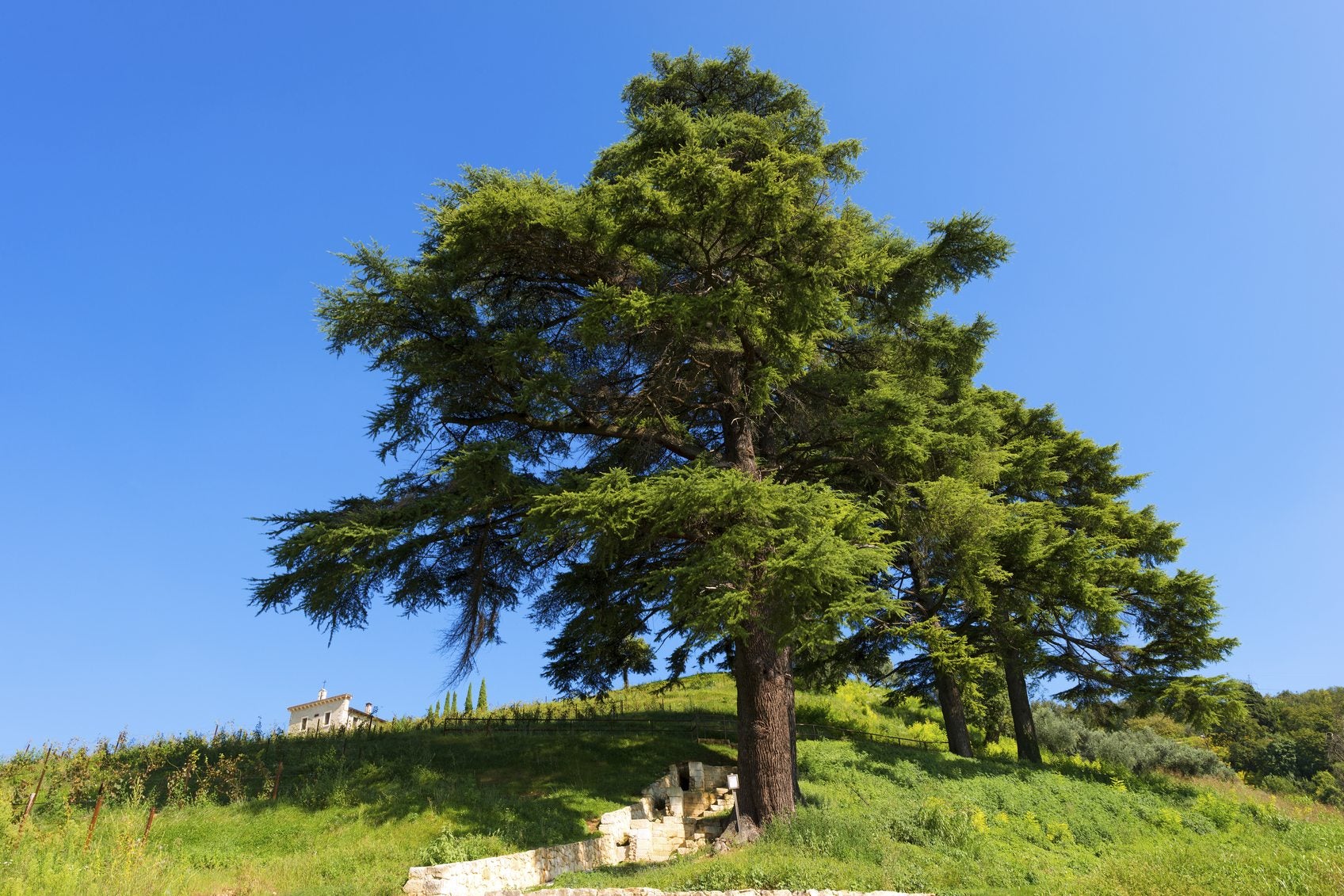 Cedar Of Lebanon Tree – How To Grow Lebanon Cedar Trees
Cedar Of Lebanon Tree – How To Grow Lebanon Cedar TreesThe cedar of Lebanon tree is an evergreen with beautiful wood that has been used for thousands of years. If you are interested in growing cedar of Lebanon trees, this article has tips about cedar of Lebanon care.
By Teo Spengler
-
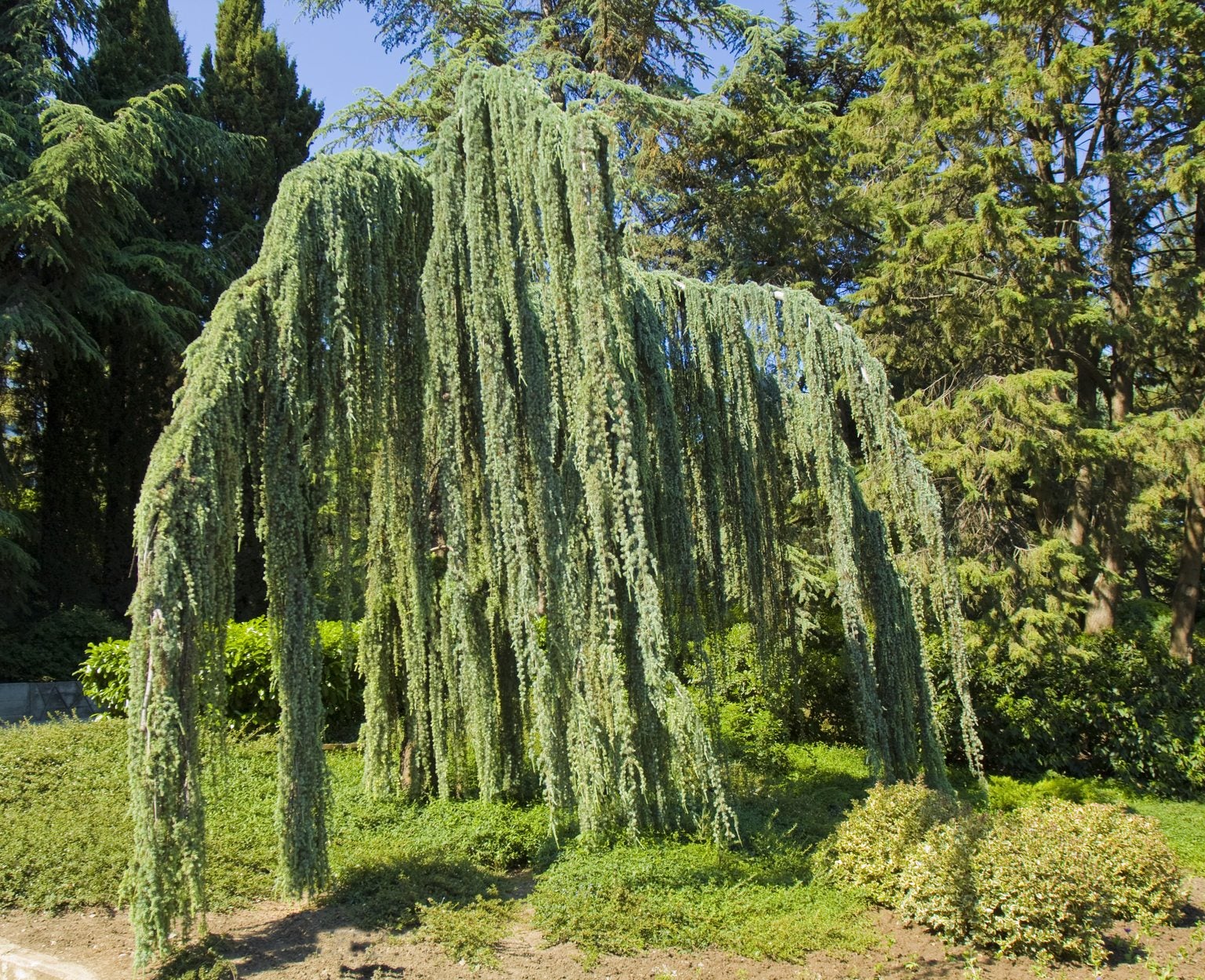 Blue Atlas Cedars: Caring For A Blue Atlas Cedar In The Garden
Blue Atlas Cedars: Caring For A Blue Atlas Cedar In The GardenBlue Atlas is among the most popular cedar cultivars in this country, with its beautiful powdery blue needles. For more information about Blue Atlas cedar trees and care, the following article can help. Click here to learn more.
By Teo Spengler
-
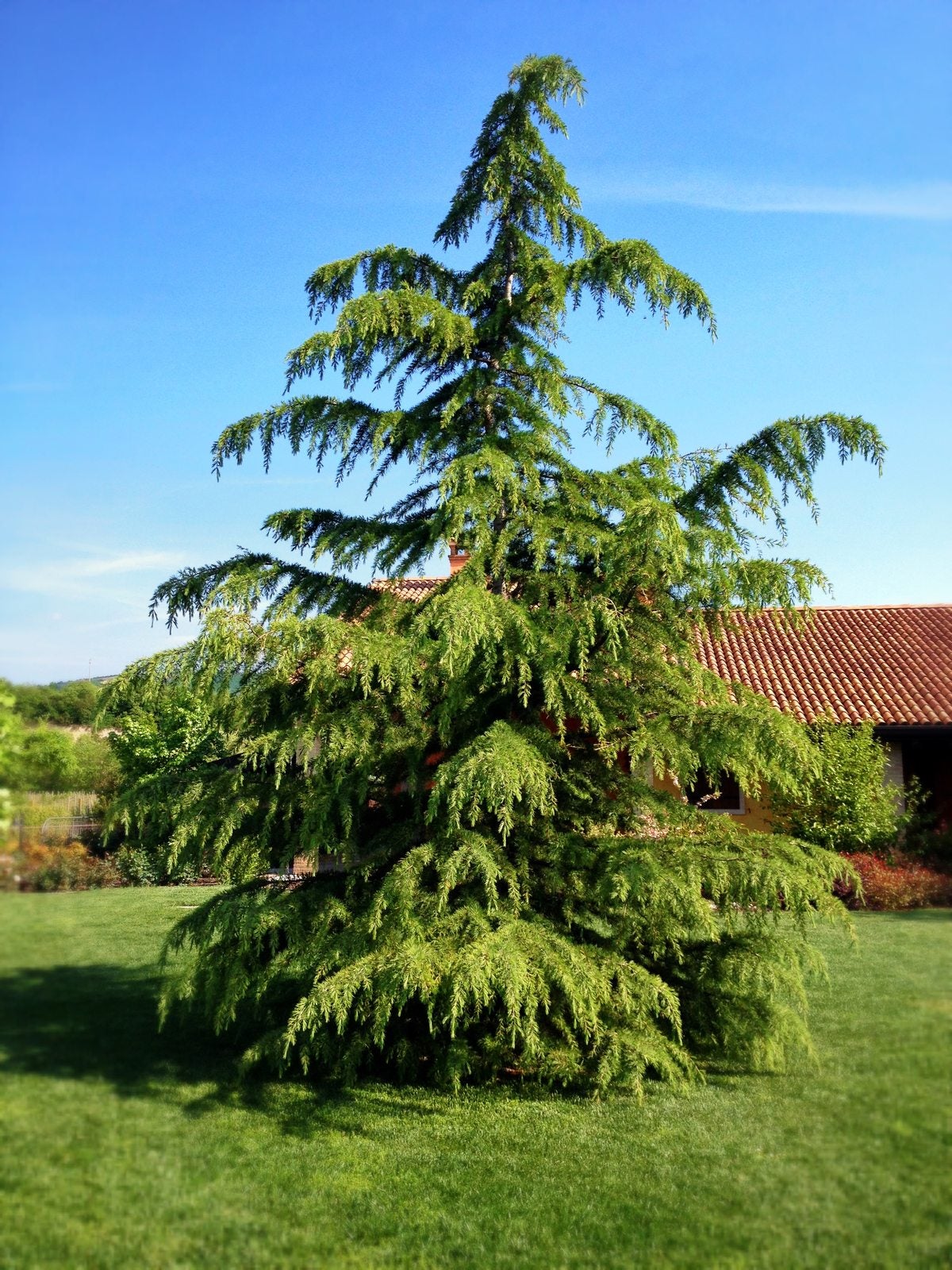 When To Trim Cedar Trees: Guide To Pruning Cedar Trees In The Garden
When To Trim Cedar Trees: Guide To Pruning Cedar Trees In The GardenSome experts recommend against ever pruning cedar trees. However, if cutting back cedar trees is in the cards, proceed very carefully. This article contains information about how and when to trim cedar trees safely.
By Teo Spengler
-
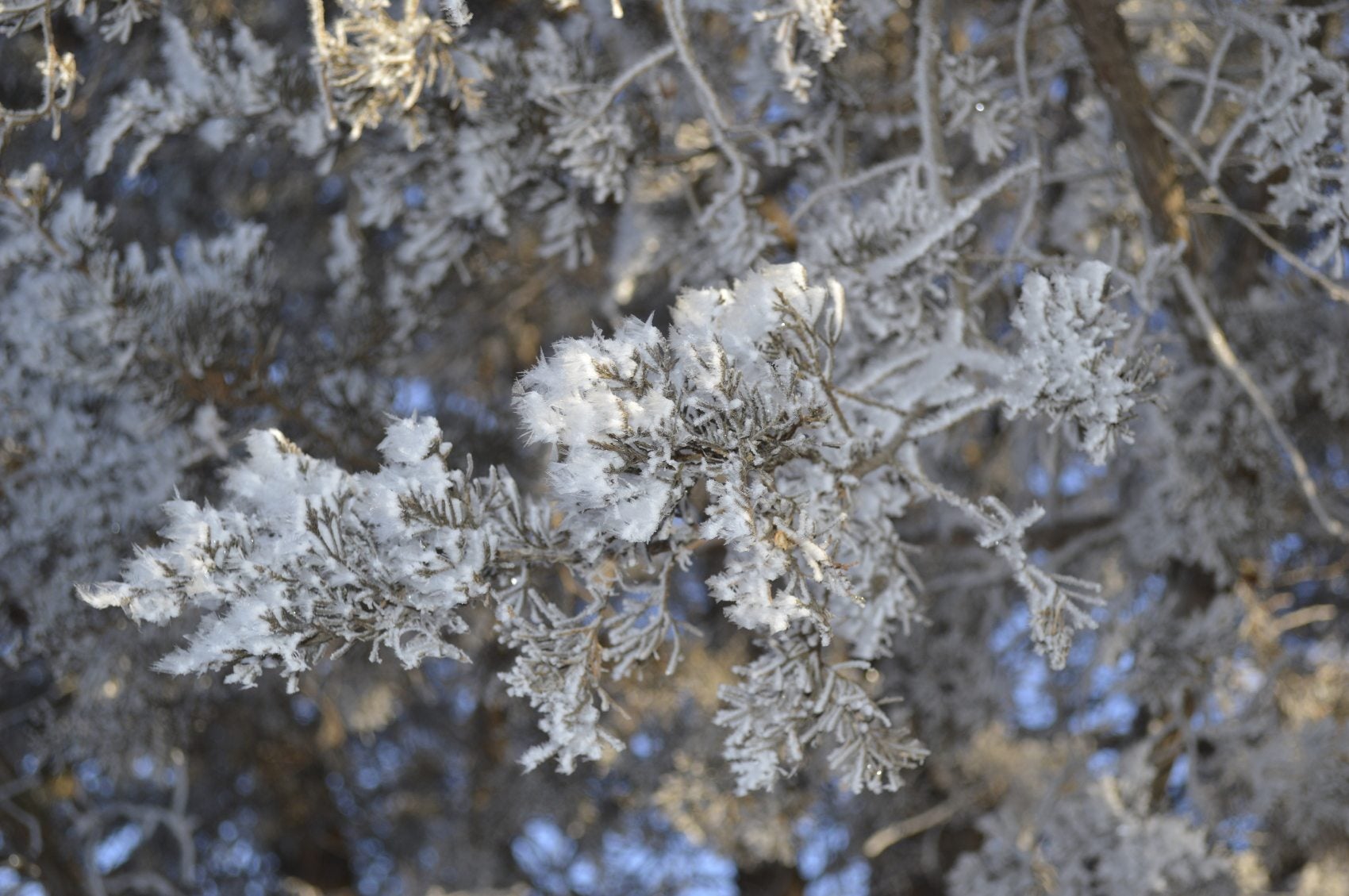 Winter Damage To Cedars: Repairing Winter Damage On Cedar Trees
Winter Damage To Cedars: Repairing Winter Damage On Cedar TreesAre you seeing dead needles appear on the outer edges of your cedars? This could be symptomatic of winter damage to cedars. This article contains information about cedar trees and winter damage. Click here to learn more.
By Teo Spengler
-
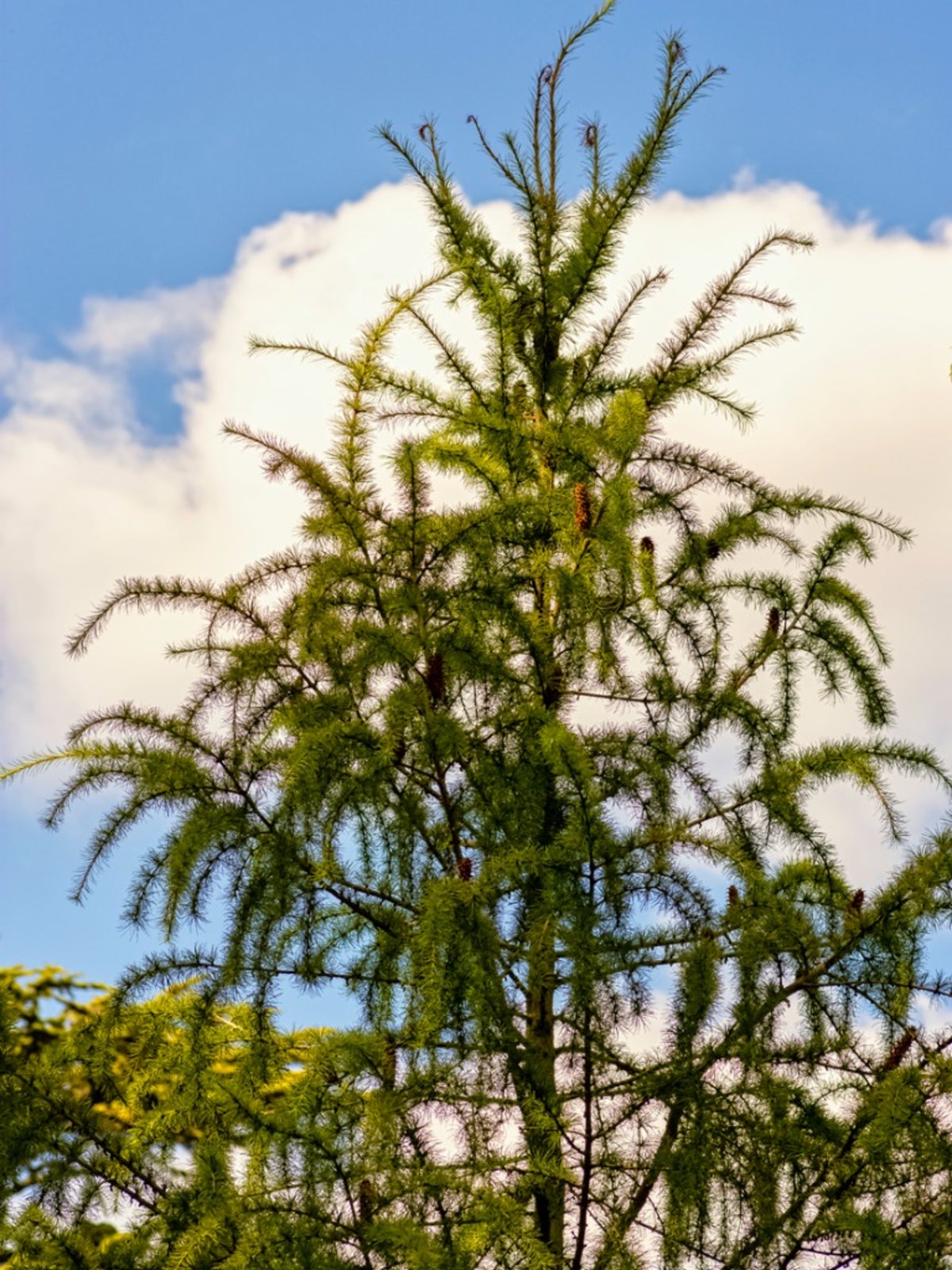 Deodar Cedar Info: Tips On Growing Deodar Cedar In The Landscape
Deodar Cedar Info: Tips On Growing Deodar Cedar In The LandscapeEvergreen Deodar cedar trees are perfect in warmer climates for providing winter interest, soft hedges and impressive silhouettes .
By Teo Spengler
-
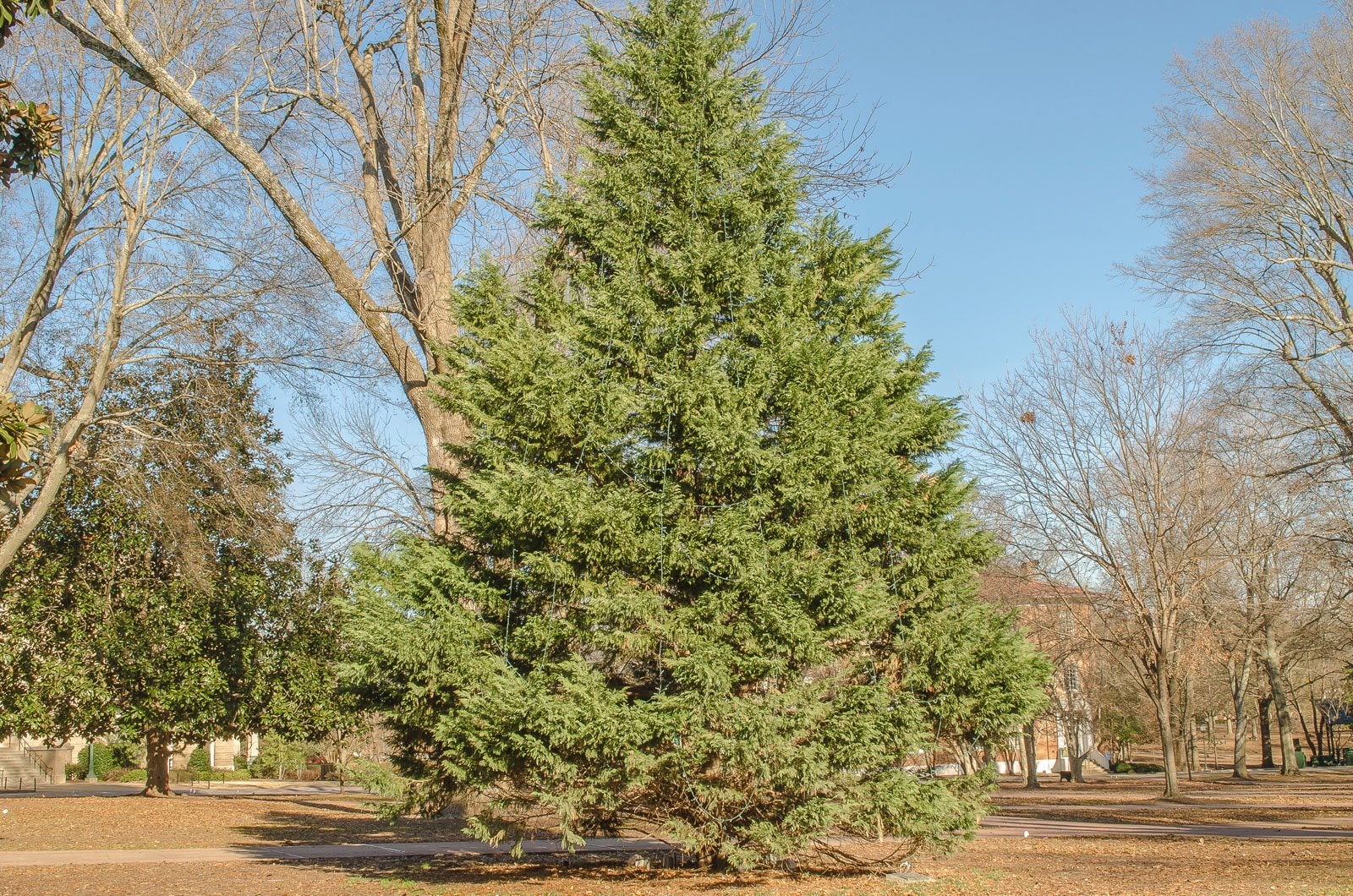 Cedar Tree Care: Tips For How To Grow Cedar Trees
Cedar Tree Care: Tips For How To Grow Cedar TreesAttractive and normally trouble-free, cedar trees can be great additions to the landscape. To learn more about cedar tree care or how to grow cedar trees, you may find the following information helpful.
By Susan Patterson